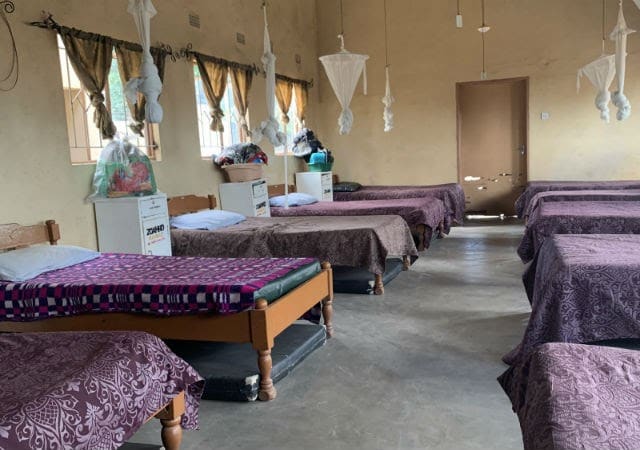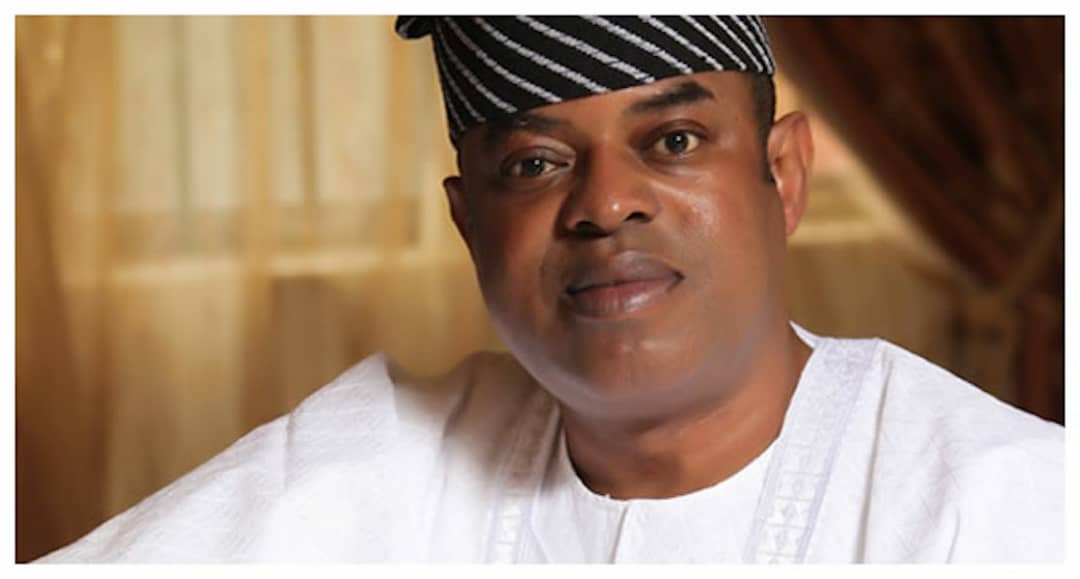BY RAHEEMAT AMDENIRAN
I decided to seek antenatal care at the State Hospital, Ede after my family’s recent relocation to the state. That was my first delivery in the state. My two previous pregnancies and births were managed at a military hospital in Ibadan where I was managed as a civilian patient. It was my third pregnancy and classically a high risk pregnancy as I was already in my late thirties with two previous caesarean births. Despite that, I was lucky having had an uneventful pregnancy resulting in a planned caesarean delivery on December 31, 2019.
My first dilemma was learning that antenatal bookings must be delayed until the fifth month of pregnancy. Afterwards, women are kept on a waiting list and often have to wait several weeks before they can come for their first antenatal visit. In my case I was given a date six weeks from the date I reported at the hospital. I understand that the hospital keeps a waiting list of 30 women to be attended to weekly. Hence, as at the time of my booking, more than 150 women were already on the waiting list. I believe such a secondary level hospital should have a higher carrying capacity allowing them to accommodate more women on each booking day, thus reducing the waiting period for women.
The service delivery was another cause for concern. The nurses often talk rudely to the pregnant women during the group antenatal sessions. In addition, they often fail to harness the opportunity to educate these women on maternal and child health issues. The interactive sessions often dwell on expected items to be brought to the hospital for delivery packs which include basic delivery essentials, hospital cleaning consumables, to the very ridiculous such as a plastic potty. The potty is expected to be used in lieu of toilet facilities which, painfully, are not available for the women during their hospital stay. Instead they are expected to use the potty for defecation and urination. The patients’ relations are then expected to go dispose off the wastes in a dilapidated pit latrine standing far off a kilometre away from the ward right at the far end of the hospital premises.
The delivery ward was in a state of disrepair. The mattresses are worn-out with no bedsheets or bed screen. Often, pelvic examination is done for women in labour without any privacy, shamefully in the full glare of other patients. Sadly too, I learnt the roofing leaks during rains. Beds and the nurses’ desk are moved around to avoid the dripping water. Luckily, I gave birth during the harmattan season with no rain, and was thus spared of that nightmare.
Advertisement
My surgical experience was another cause for concern. Although the procedure was said to be free, I was expected to provide all the materials and drugs needed. I was given a two-page list of items to buy ahead. I reported at the hospital a day before the surgery. First, the doctor was not forthcoming with much information. I guess he was not used to being questioned by patients.
I tried to ask for the likely time of the operation so I can know when to stop eating as often recommended for a major surgical procedure. He simply said the following morning. To play safe, I stopped eating around 7pm, but the caesarean section commenced around 12 noon the following day. So I stayed without food or water for over 15 hours until around 10 am when I was placed on intravenous fluid in preparation for the surgery.
Now talk of the surgical theatre: it was, expectedly a humble one. The surgical light was an improvised large energy-saving bulb suspended on a plank of wood over the surgical table. I had regional anaesthesia and was awake during the procedure. This was a new experience for me as my previous C-sections were done under general anaesthesia. I would have preferred the general anaesthesia but I was not briefed at all before the procedure. I assume the essence of the regional anaesthesia was to keep me awake and aware during the procedure. However, the doctor took a major decision to make a new vertical incision apart from my previous low transverse incision without notifying me. I just heard him complaining about cutting through the previous incision site, and later said “this baby needs to come out now”. I only found out after feeling my stomach after the procedure.
Advertisement
Post-operation recovery was another “daunting” experience. My mother-in-law was made to wash the theatre gowns as standard practice. Relatives of patients were obligated to wash all the surgical gowns used by the surgical team. Also, a plastic bath was provided for my mother-in-law in a corner of the ward to bath the baby. As standard practice, patients’ accompanying relatives are in charge of bathing and feeding the baby, and throwing out the trash bag.
There was minimal check-up from the doctor. Being the holiday season, the doctor who operated on me was not available for my day-one check-up. He came in on day-two, confirmed my bowel movement and cleared me for gradual intake of food. I had persistent headache whenever I sat up. Though I was told it would wear off after a while, I was delayed in the hospital for another day in the unconducive environment for observation without any real observation. I was so anxious to leave the hospital on day four with my bouncing baby girl despite being nauseous and having little appetite.
I eventually recovered from the persistent headache and loss of appetite about two weeks after. However, I could not help but wonder how things could have turned out if I had any complications. In most cases, doctors on call are often not available in cases of emergencies. The hospital seems to have no active emergency services. I witnessed a couple of instances where the nurses had to turn back emergency cases due to non-availability of doctors. My general feeling from the experience is the lack of motivation among health workers in the state. I witnessed a conversation among doctors during my antenatal visit on the exodus of health workers from the state health services. My interaction with various health workers during my hospitalisation reflects a crop of professionals who are demotivated by their work conditions. There were complaints of administrative hitches in the administration of their welfare and work environment.
Incidentally, COVID-19 pandemic has come to affect almost all aspects of our lives, stretching limited resources and necessitating major cuts in government spending in vital sectors in an attempt to sustain the economy. In the health sector, it appears efforts are mostly focused on managing the pandemic with limited attention to existing health challenges.
Advertisement
It is evident that Osun state is among the least buoyant in Nigeria with the government giving the impression of providing basic amenities for its citizenry. But it should be duly recognised that the health sector is critical to the economy of any community as the quality of healthcare available to people impacts on the quality of their lives. The health sector in Osun state appears to be struggling to meet the needs of the people. Officials of the state government, at a ministerial meeting recently, claimed the current administration had revitalised 258 primary healthcare centres which are already delivering services to the residents in both rural and urban areas. Alas, evidence of this seems invisible.
I confess that I may not be versed in the affairs of the state, but my experience over the past few months in seeking maternal and child healthcare has soaked me the reality of the extent of decay in the health sector. Hence, my worry about what may be happening now with the daunting task of managing the novel coronavirus, COVID-19 pandemic.
The physical environment of the State Hospital, Ede, is unwelcoming and would benefit from a general revitalisation of the facility. There should also be greater attention to the welfare of these health workers. This, I believe is imperative in this era of public health crisis.
Adeniran (PhD) is a health communication expert.
Advertisement
Views expressed by contributors are strictly personal and not of TheCable.






